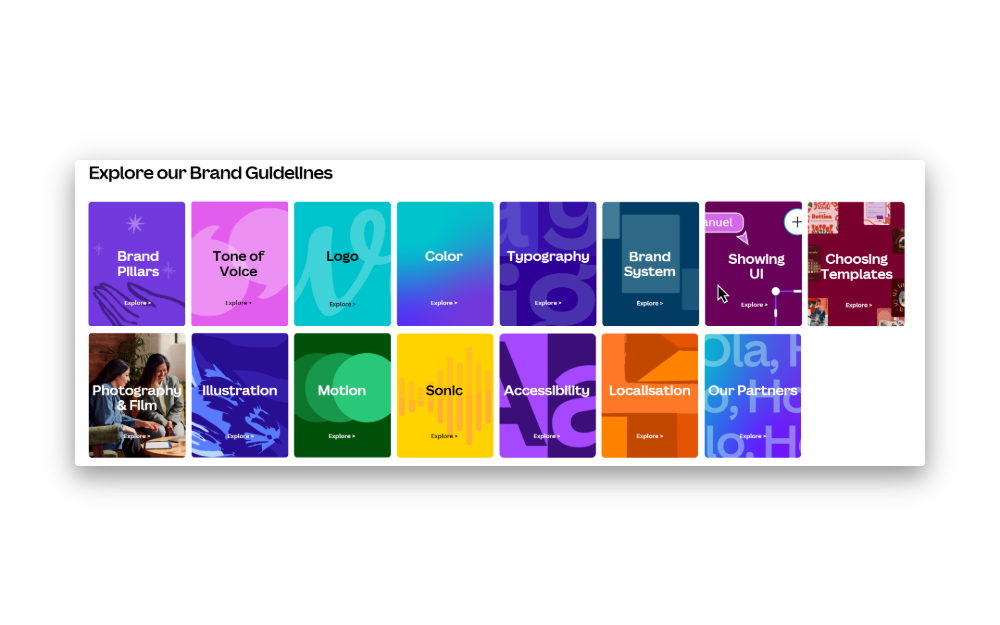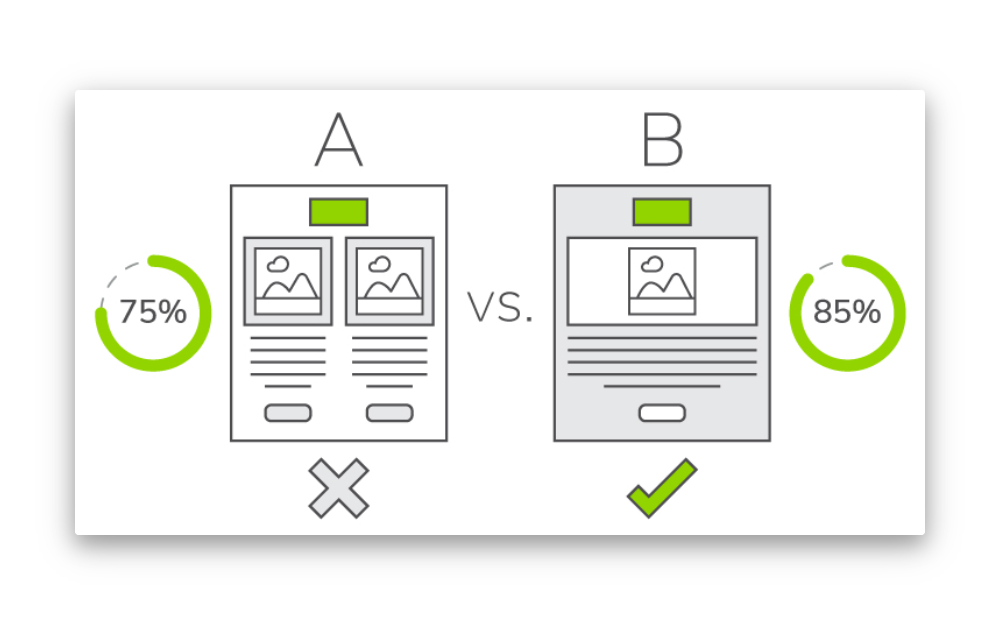85% of freelancers have dealt with late payments. It’s one of the biggest headaches of self-employment, right up there with trying to raise your rates without scaring off a client. When the money doesn’t arrive on time, the pressure is real. Do you push for a payment and risk sounding difficult? Or, let it slide and hope the client sorts it out?
And it’s not only freelancers. In any workplace, there are times you need to follow up. Whether you’re chasing a colleague for a report, reminding your manager about your vacation request, or nudging another department about something they promised, work life isn’t always smooth.
That’s why reminder emails matter. They’re uncomfortable to write, but if you want to get paid, keep a project moving, or simply get the information you need, they’re non-negotiable.
The trick is to write them in a way that’s polite but not apologetic, firm without being rude, and clear enough that no one can miss what you’re asking for.
In this guide, you’ll see how to strike that balance. We’ll cover timing, tone, subject lines, and real examples you can adapt the next time you need a gentle reminder to nudge someone into action.
Why Gentle Reminder Emails Matter
Gentle reminder emails are often the only way to keep cash flow steady when invoices go unpaid, to get feedback when a client disappears, or to bring a stalled project back on track.
Every late payment or missed response eats into the time you could spend working on billable tasks.
But you can’t view reminders as money-chasing exercises only.
The way you phrase a reminder has a direct impact on your reputation. Come across too harsh and you risk souring the relationship. Wait too long and you look disorganized. The balance lies in showing professionalism while still protecting your income and time.
That’s why most businesses have brand guidelines that emphasize respectful, concise client communication. Often viewed as corporate polish, this type of guidance is what you fall back on when you need to make a follow-up.

When your own emails carry that same clarity, you protect relationships while still getting the result you need.
Clients read how you write as well as what you write. This is especially true when you’re representing a business and dealing with a customer. Businesses like law firms or service providers can’t afford to be short with clients, or they’ll jump to a competitor at the next opportunity.
A reminder framed with respect and precision says you value the relationship, even as you ask for action.
When to Send a Gentle Reminder
Half the battle with reminder emails is timing. Hitting the right window makes your follow-up feel professional instead of pushy.
Here are a few common scenarios:
- Late invoice: A polite reminder usually works best 3–7 days after the due date. Anything earlier can feel aggressive, while anything later can snowball into bigger cash-flow issues. If the client has a history of late payments, adjust on the shorter end.
- Unanswered client email: Give people 2-3 business days before checking in on a standard inquiry. This respects their schedule without letting your project stall. Keep your message short, reference the original email, restate the question, and ask for a quick update.
- Missed deadline: If a client or teammate promised something by a certain date and it hasn’t arrived, follow up promptly. Ideally, the next business day. Frame it as support (“Do you need anything from me to wrap this up?”) rather than blame.
Consistency matters here. If you’re juggling multiple clients or projects, it’s easy to forget who needs a nudge and when. Tools that automate follow-ups can help you time reminders without living in your inbox.
Elements of an Effective Gentle Reminder
A good reminder email is short, clear, and respectful. It acknowledges the situation without piling on guilt, and it makes it easy for the recipient to take the next step.
Four elements matter most:

- Subject line: Keep it professional and easy to scan. Avoid dramatic or vague phrasing. Instead, be direct and specific:
- “Follow-up on invoice #0042”
- “Checking in on the design draft”
- “Reminder: feedback needed by Friday”
- Tone: Polite but firm works best. Show empathy (people get busy) without apologizing for asking. A line like, “Just checking in to see if you had a chance to…” frames the nudge as cooperative rather than confrontational.
- Clarity: State the purpose in the first sentence. Don’t bury the reason for your email under small talk. “I wanted to follow up on the proposal I sent on Tuesday” leaves no room for confusion.
- Action: Every reminder needs a clear ask. Do you want payment processed, a file reviewed, or a deadline confirmed? Spell it out and, if possible, include a specific date.

Think of it as a quick checklist before hitting send:
- Is the subject line specific?
- Does the tone respect the relationship?
- Is the purpose obvious in the first sentence?
- Is the action step clear and easy to take?
When all four are in place, your email works like a nudge, not a shove, and that’s what keeps it effective.
Polite Email Templates for Different Scenarios
Even with the best planning, follow-ups are part of working life. Below are three reminder templates you can adapt, each designed to be firm, respectful, and easy for the recipient to act on.
#1 Late Payment
Subject: Follow-up on invoice #0042
Hi [Client],
I wanted to follow up on invoice #0042, which was due on [date]. Could you confirm if the payment is in progress? If you’ve already taken care of it, please disregard this message.
Thanks for your attention,
[Your Name]
*Why it works:* The subject is specific, the ask is clear, and the tone assumes goodwill while still addressing the overdue payment.
#2 Unanswered Project Email
Subject: Checking in on the design draft
Hi [Client],
I’m following up on the draft I sent over on [date]. I’d love your feedback so we can keep the project on track. Do you think you’ll have time to review it by [day]?
Appreciate your input,
[Your Name]

*Why it works:* It references the original message, sets a clear next step, and gives a suggested timeline without pressure.
#3 Missed Deliverable or Client-Side Task
Subject: Quick reminder: content for campaign
Hi [Client],
Just a quick reminder about the content for [project]. Once I have the files, I can finalize the next stage and meet our deadline. Let me know if there’s anything you need from me to make it easier.
Best,
[Your Name]
*Why it works:* It frames the reminder around progress and support, not blame. Many creative teams even use structured systems for briefs and asset collection, which helps avoid this back-and-forth in the first place.
These templates are just frameworks. The wording you choose should match your client, industry, and relationship.
A personal injury lawyer chasing a client for information after an accident will need a much softer touch than a designer emailing a colleague of ten years. Context matters, and the more you adapt these structures to your own voice, the more effective they’ll be.
Common Mistakes That Make Reminders Sound Pushy
The line between polite and pushy is thinner than most people think.
Here are four common mistakes that can undo an otherwise good reminder, and what to do instead.
- Over-apologizing: Starting with “I’m so sorry to bother you” undermines your authority. Instead, open with confidence: “Just following up on the proposal I sent Tuesday.”
- Using guilt: Lines like “I really need this because you’re holding up my work” shift blame and damage trust. A better approach: “Once I have your feedback, I can move the project forward.”

- Writing too long: A three-paragraph reminder buries your ask. Keep it short, lead with context, and close with one clear next step.
- Aggressive tone: “You haven’t paid me yet” feels accusatory. Swap it for neutral phrasing: “I wanted to check whether invoice #0042 has been processed.”
The right balance is professional and to the point. If you’re managing multiple clients, it’s easy to slip into bad habits by rewriting the same reminders. That’s when people over-explain or let frustration creep into their tone.
Many teams avoid this by standardizing repeat tasks: a principle that applies well beyond email, as noted in recruitment workflows where manual follow-ups quickly become messy.
With a few simple shifts in wording, you keep the relationship intact while still getting results.
Rewriting the same reminder for the tenth time quickly becomes tedious. And when you’re tired of chasing, that’s when shortcuts and bad habits slip in: sending long-winded emails, letting frustration show, or forgetting to follow up at all. The fix is creating a clear process that takes the guesswork out of reminders.
- Schedule reminders: Most email platforms let you schedule messages or set nudges if someone hasn’t replied. This helps you stay on top of deadlines without obsessively checking your inbox.
- Use templates or saved responses: Having a baseline draft for late payments, project updates, or missed tasks keeps your tone polite and professional. You just update the details, send, and move on.
- CRMs for freelancers: Even lightweight tools can track overdue invoices, pending feedback, and the date of your last email. Better records mean less second-guessing and fewer follow-ups slipping through the cracks.
- Know when to escalate: If emails don’t work, it may be time to pick up the phone or point back to what the contract says. In more serious cases, documentation matters, just as it does in legal disputes, where persistence and a clear paper trail can be the deciding factor.
When you have a process like this in place, follow-ups stop feeling like awkward one-offs and start becoming part of how you do business.
A Gentle Reminder…About Gentle Reminders
Gentle reminder emails play a simple but important role: they protect your time, your income, and your professional relationships. Written with clarity and respect, they keep projects moving and payments on track while showing that you value the people you work with.
The key is consistency. A short subject line, a clear ask, and a polite tone can turn an awkward nudge into professional communication. Over time, these habits reinforce your reputation as someone who is organized, reliable, and easy to work with.
Use the frameworks and templates here as a starting point, then adapt them to your own style and industry. A designer’s email won’t read the same as a lawyer’s, but the structure remains useful in any field.
Keep the conversation going…
Over 10,000 of us are having daily conversations over in our free Facebook group and we’d love to see you there. Join us!

